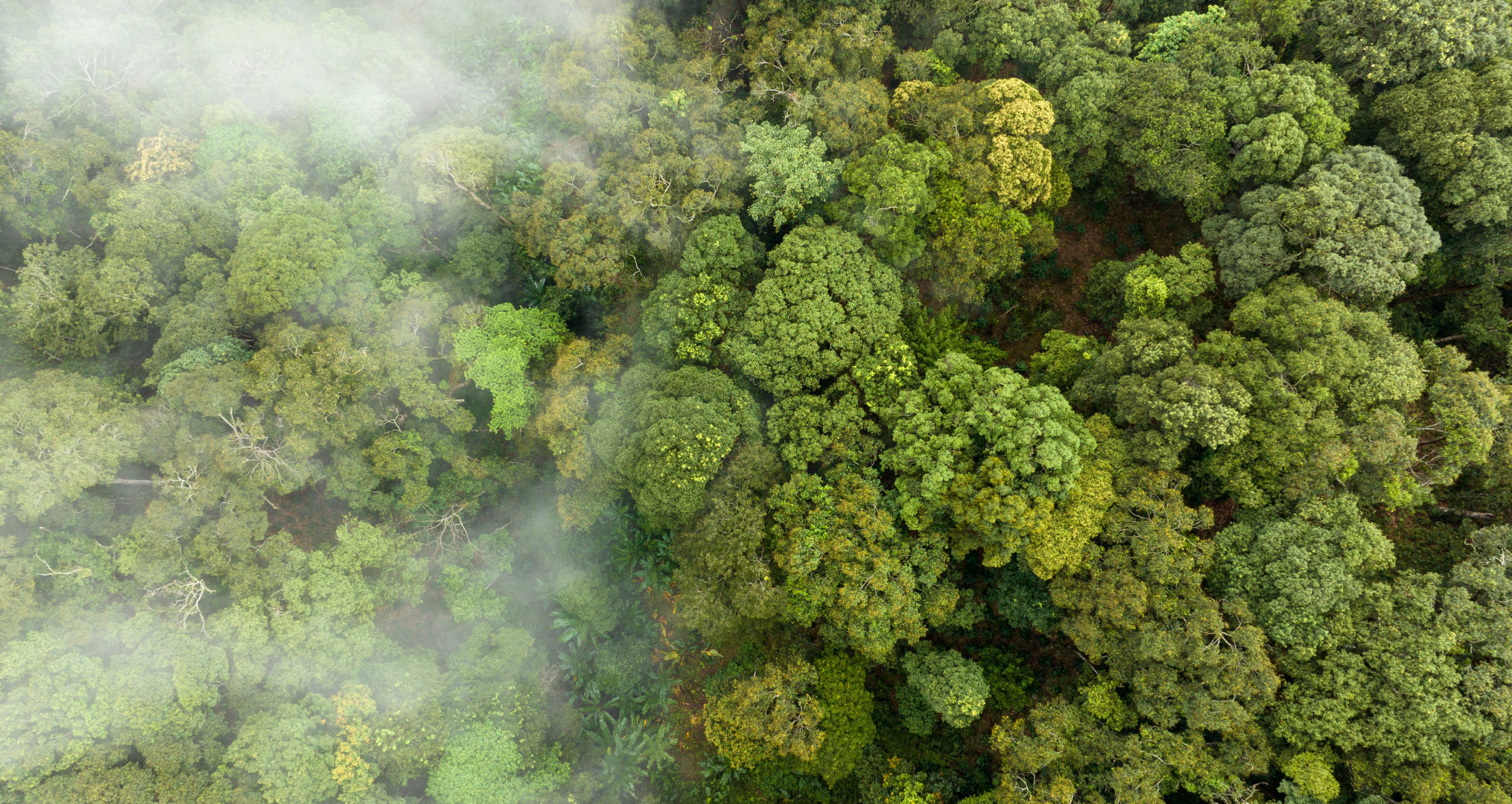Exploring the Impact of Financing Urban Green Spaces on Community Well-being
Background Information
In the realm of urban planning, the allocation of green spaces has always been a critical component of creating sustainable and healthy communities. Green spaces not only enhance the aesthetic appeal of urban areas but also play a crucial role in promoting physical and mental well-being among residents. The historical context of urban planning reveals a gradual shift towards recognizing the importance of incorporating green spaces into the fabric of cities, dating back to the emergence of public parks in the 19th century.
Research indicates that access to urban green spaces can lead to a decrease in stress levels, improved air quality, increased physical activity, and a sense of community cohesion. However, one of the key challenges that cities face is financing the creation and maintenance of these vital green areas.
Financing Urban Green Spaces
The goal of financing urban green spaces is not just about creating picturesque parks but about investing in the well-being of communities. Lack of adequate funding often results in poorly maintained green spaces that fail to realize their full potential in enhancing community health and happiness. In the UK, for instance, budget constraints have posed significant challenges in ensuring the sustainability of urban green spaces.
To address this challenge, it is essential to explore innovative financing models that can support the development and maintenance of green spaces while also delivering tangible benefits to the community.
Implementing Sustainable Financing Models
One potential solution lies in engaging public-private partnerships to finance urban green spaces. By leveraging private investments, cities can not only secure the necessary funding but also tap into expertise from the private sector to design and manage green spaces more effectively. Additionally, exploring alternative revenue streams such as user fees, sponsorships, and grants can help diversify funding sources for green space projects.
Furthermore, integrating green infrastructure into urban planning processes can create synergies between green space development and other urban initiatives, leading to cost savings and maximizing the benefits of green spaces for community well-being.
Results and Benefits
By implementing sustainable financing models for urban green spaces, cities can expect to see a range of positive outcomes. Improved access to green spaces has been linked to reduced rates of chronic diseases, increased social interactions, and enhanced mental health among residents. Furthermore, well-designed green spaces can contribute to climate resilience, biodiversity conservation, and overall quality of life in urban areas.
Inspiration for Sustainable Urban Planning
As we look towards building healthier and more resilient cities, investing in urban green spaces should be a top priority for policymakers, urban planners, and community stakeholders. By prioritizing the well-being of residents and incorporating green spaces into the urban fabric, we can create cities that are not only sustainable but also enriching and vibrant places to live.
Conclusion
In conclusion, the financing of urban green spaces is not just a matter of budget allocation but a strategic investment in the future of our cities. By exploring innovative financing models, engaging in collaborative partnerships, and prioritizing community well-being, we can ensure that urban green spaces thrive and continue to benefit generations to come.
Join us in our mission to promote sustainable urban planning and invest in the well-being of communities. Your support can make a real difference in creating greener and healthier cities for all. Consider donating to our programs or sponsoring a research paper to drive positive change in urban sustainability.







